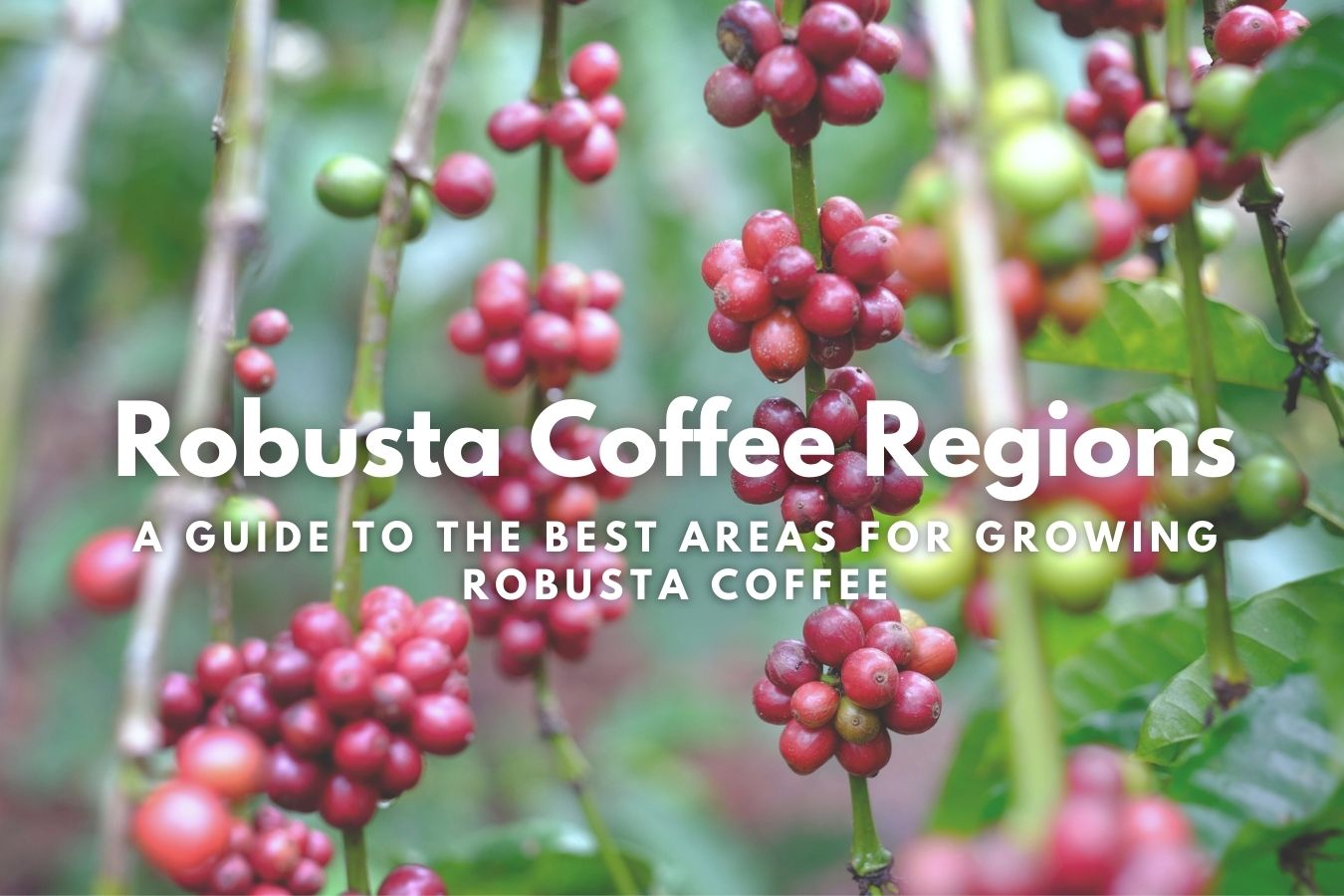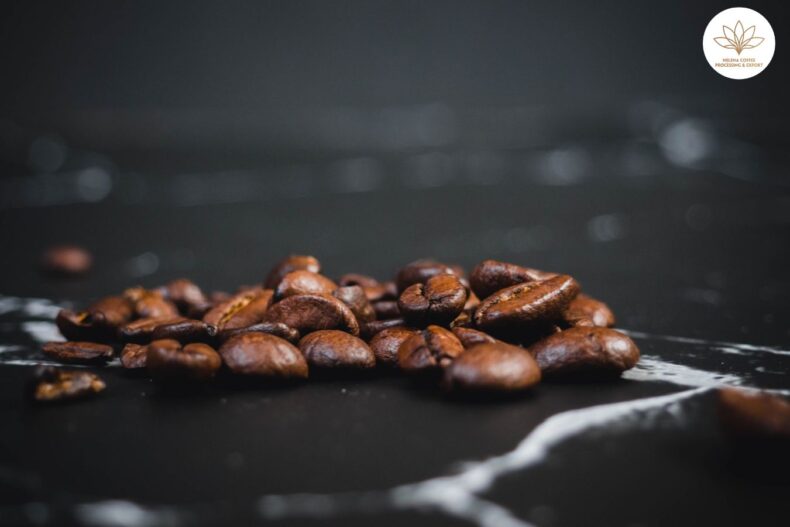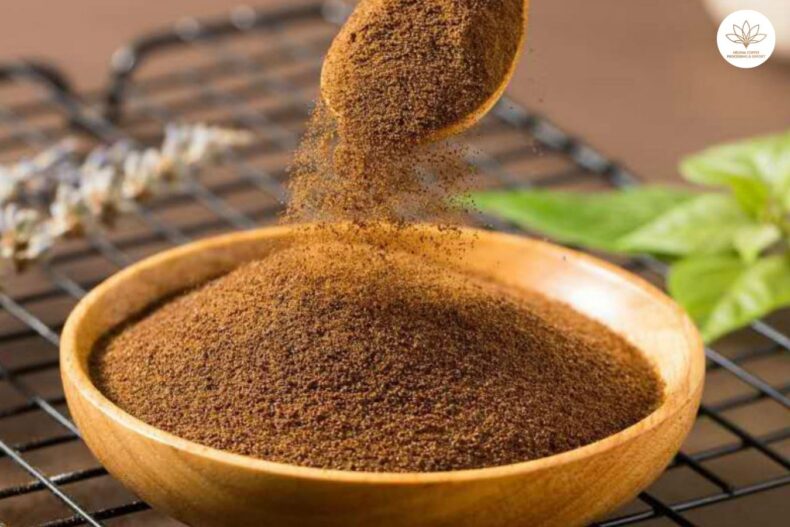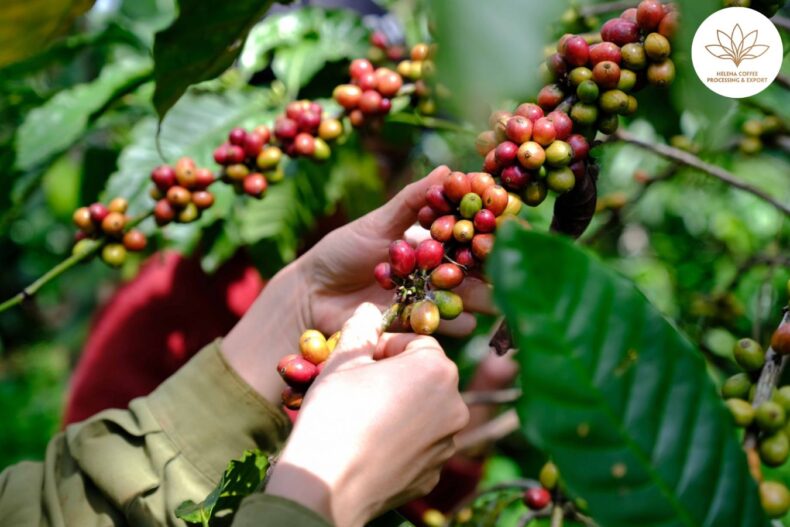
Coffee lovers worldwide appreciate the rich, full-bodied taste of a delicious cup of coffee. While there are many different varieties of coffee, one of the most popular is robusta coffee.
Robusta coffee is known for its robust, bold flavor and high caffeine content. However, not all regions are created equal when growing robusta coffee. This article will look at the best robusta coffee regions worldwide.
What is Robusta Coffee?
Robusta coffee, scientifically known as Coffea canephora, is a coffee species that originated in Central and Western Africa. Compared to Arabica coffee, Robusta coffee beans are smaller and rounder and have a more bitter and earthy flavor. Robusta coffee is commonly used in blends with Arabica to provide an extra caffeine kick and a richer crema to espresso shots.
History of Robusta Coffee
Robusta coffee was discovered by a French botanist, Auguste Chevalier, in the late 19th century. The plant was named Coffea canephora after its resemblance to another coffee species, Coffea congensis. Robusta coffee quickly gained popularity among coffee growers due to its resistance to pests and diseases, higher yields, and more detailed cultivation requirements.
What Makes Robusta Coffee Special?
Robusta coffee is unique because of its high caffeine content, double the amount found in Arabica coffee. This makes it a preferred choice for people who need an extra caffeine boost. Robusta coffee also has a distinct flavor profile with a bitter taste and a nutty, earthy aroma. Due to its high resistance to pests and diseases, Robusta coffee requires fewer pesticides and fertilizers than Arabica coffee, making it a more sustainable option for coffee farming.
Robusta Coffee Regions
Robusta Coffee Regions in Asia
Vietnam is the world’s largest producer of Robusta coffee, accounting for around 40% of the total production. Other notable Robusta coffee regions in Asia include Indonesia, India, and Thailand. In Vietnam, Robusta coffee is grown mainly in the Central Highlands, an area with a warm and humid climate and fertile volcanic soil.
Robusta Coffee Regions in Africa
Robusta coffee is indigenous to Central and Western Africa, and the region is still one of the primary producers of this coffee variety. The top Robusta coffee-producing countries in Africa are Ivory Coast, Uganda, and Cameroon. In Ivory Coast, Robusta coffee is grown in the southwestern region, where the climate is warm and humid, and the soil is rich in nutrients.
Robusta Coffee Regions in America
Brazil is the largest coffee-producing country in the world, and it is also a significant producer of Robusta coffee. Other notable Robusta coffee regions in America include Honduras, Peru, and Colombia. In Brazil, Robusta coffee is grown mainly in Espirito Santo, where the climate is warm and humid, and the soil is sandy and well-drained.
Factors that Affect Robusta Coffee Quality
The quality of Robusta coffee beans depends on several factors, including altitude, climate, soil type, and harvesting methods. Robusta coffee grown at higher altitudes usually has a more complex flavor profile and a milder taste. The weather also affects the coffee’s flavor, with warm and humid climates producing beans with a nuttier and earthier taste.
The soil type also plays a role in determining the coffee’s quality, with nutrient-rich soil making better-quality beans. Finally, the harvesting method can affect the coffee’s flavor, with hand-picked beans creating a better taste than machine-harvested ones.
Sustainable Robusta Coffee Farming Practices
Robusta coffee is often grown in regions vulnerable to climate change, and traditional coffee farming practices can have negative environmental impacts. Sustainable coffee farming practices, such as shade-grown coffee, can help mitigate the adverse effects of coffee production on the environment.
Shade-grown coffee involves growing coffee plants under the canopy of more giant trees, which provides shade and helps regulate the temperature and humidity levels. This method also promotes biodiversity and helps preserve the natural habitat of wildlife.
The Differences Between Robusta and Arabica Coffee
Robusta and Arabica coffee are two of the most popular coffee varieties in the world. Robusta coffee is known for its robust and earthy flavor and high caffeine content, while Arabica coffee is known for its mild, sweet taste and lower caffeine content. Robusta coffee is more accessible to grow and more resistant to pests and diseases than Arabica coffee.
The Characteristics of Robusta Coffee Beans
Robusta coffee beans are smaller and more oval-shaped than Arabica beans. They also have a higher caffeine content, giving the coffee a more pungent ander taste. Robusta coffee beans are often used in espresso blends because of their bold flavor and crema-producing properties.
The Economic Importance of Robusta Coffee
Robust coffee is essential in many regions worldwide, including Vietnam, Brazil, and Indonesia. Coffee is typically grown by small-scale farmers and provides a source of income for millions. The robusta coffee industry also contributes to local and national economies through exports and job creation.
The Challenges of Growing Robusta Coffee
Growing robusta coffee can be challenging due to the coffee’s susceptibility to pests and disease and the need for specific growing conditions. Robusta coffee grows best in regions with high temperatures, high humidity, and plenty of rainfall. The coffee is also sensitive to changes in climate and weather patterns, which can affect crop yields and quality.
The Future of Robusta Coffee Regions
Despite the challenges of growing robusta coffee, the crop is expected to continue to play an essential role in the global coffee industry. As demand for coffee grows in emerging markets, there is a growing need for robusta coffee to meet this demand. There is also increasing interest in sustainable and specialty robusta coffee production.
How to Store Robusta Coffee Beans Properly
To maintain the flavor and freshness of robusta coffee beans, storing them correctly is essential. This means keeping the beans in an airtight container in a cool, dry place away from sunlight and moisture. The beans should also be used within a few weeks of roasting to ensure maximum flavor.
The Benefits of Robusta Coffee
The Role of Robusta Coffee in Espresso Blends
Robusta coffee is essential to many espresso blends because of its bold flavor and crema-producing properties. When combined with Arabica coffee, robusta coffee can help balance out the sweetness and acidity of the mix, creating a more well-rounded flavor profile.
The Health Benefits of Robusta Coffee
Robusta coffee has been found to have several potential health benefits, including reducing the risk of liver disease, type 2 diabetes, and certain types of cancer. The high caffeine content of robusta coffee can also help improve cognitive function and alertness.
The Impact of Climate Change on Robusta Coffee Regions
Climate change is expected to impact robusta coffee regions, with rising temperatures, changing weather patterns, and increased pest and disease pressure all posing significant challenges to coffee production. Farmers in these regions must adapt to these changes through new farming practices and techniques.
The Cultural Significance of Robusta Coffee in Different Regions
In many regions where robusta coffee is grown, the coffee has significant cultural and social importance. For example, in Vietnam, robusta coffee is an integral part of the country’s culinary traditions and is often served with sweetened condensed milk. In Brazil, robusta coffee is a critical component of the country’s coffee culture and is celebrated at festivals and events throughout the year.
Conclusion
In conclusion, robusta coffee is famous and delicious in many regions worldwide. The areas we’ve explored in this article are some of the best for increasing robusta coffee, and they each have unique characteristics. Whether you’re a coffee lover or a coffee grower, it’s essential to understand the best regions for growing robusta coffee.
FAQs
- What is robusta coffee?
Robusta coffee is a type of coffee known for its robust and bold flavor and high caffeine content.
- What are the best regions for growing robusta coffee?
The best regions for growing robusta coffee include Vietnam, Brazil, Indonesia, India, and Uganda.
- How do you brew robusta coffee?
Robusta coffee can be brewed using various methods, including drip brewing, French press, and espresso.
- Is robusta coffee higher in caffeine than other types of coffee?
Yes, robusta coffee typically has a higher caffeine content than other types of coffee.
- Can robusta coffee be mixed with other types of coffee?
Yes, robusta coffee can be mixed with other types of coffee to create a blend with a unique flavor profile.


